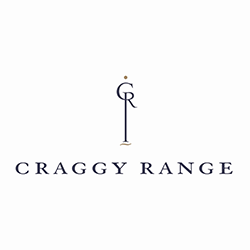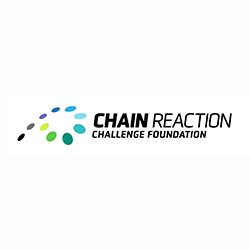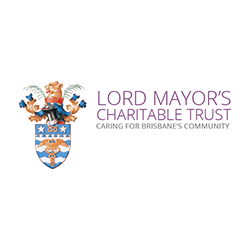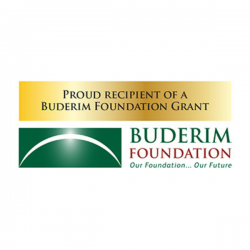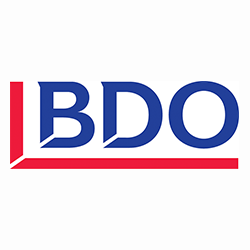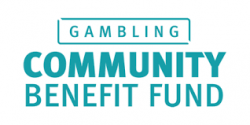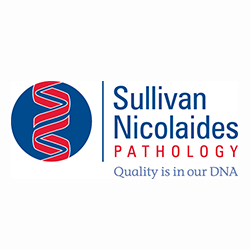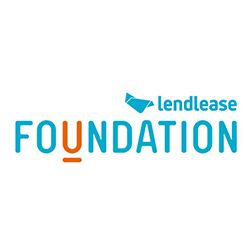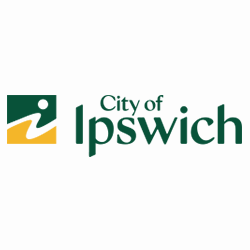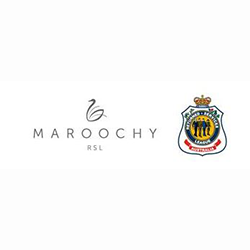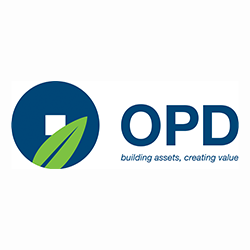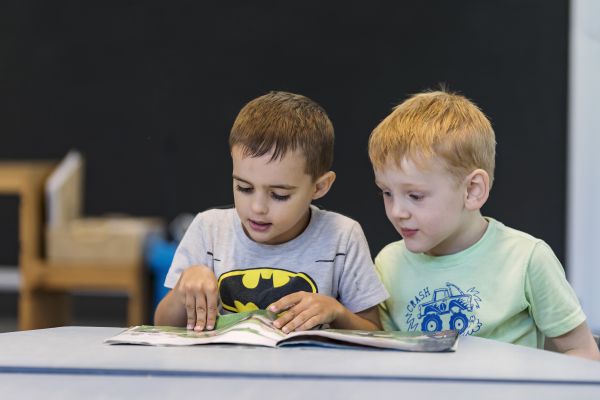
Social joint attention is essential in the development of a child’s social skills as it involves their ability to share attention between themselves and a social partner around an object or event of interest. Some children on the autism spectrum often require explicit strategies and learning opportunities to develop these important social joint attention skills. At AEIOU our therapists support the development of social joint attention. However, there too are many ways families can also create these opportunities to support their child to develop these skills in the home environment.
Things to consider when building your child’s skills in joint attention:
- Working towards increasing your child’s awareness of the environment around them and the activities that others are engaging with
- Teaching them how to gain attention from others
- Increasing their motivation to give attention to and maintain the attention of others
Strategies to encourage the development of Social Joint Attention:
- Make yourself essential to increasing the enjoyment of their play experience
Consider your child’s interests and show them that an activity or game is a lot more fun with you than without you. This may include items that your child needs help to engage with including wind-up toys, balloons, bubbles, see-saws and swings. It could also be a social game that they cannot experience without you i.e. this little piggy, peek-a-boo, chase and row your boat. - Encourage eye contact while playing
During moments of unstructured play with your child you can encourage eye contact by bringing a reinforcing item up to your face and saying “look” (use noisy or light up toys and press the button when you say look). If your child looks at you give them the toy immediately to reinforce this eye contact and provide social praise “i.e. tickles and cuddles” if your child is motivated by this. - Use their favourite books
Read a story book with your child and point out a couple of characters or objects on each page by saying ‘look’ or referencing characters and objects ‘A dinosaur…wow!!’. Depending on your child’s receptive and expressive language skills you may want to make more complex references such as ‘Look, Dora’s hiding behind the rock’. By modelling to your child how to point and label in books, you give them the opportunity to copy you. If your child starts initiating social joint attention experiences with you by labelling or pointing, provide lots of social praise with tickles, hugs and verbal praise ‘oh wow your right that is a crocodile!’. You can also practice this when you observe novel items within your child’s everyday environment that may be exciting for them. For example if you and your child are playing in the backyard and you see a snail you can point it out by saying ‘look! It’s a snail’. Your child will start to learn that it is valuable for them to attend to you when you point or say look as something great is very likely to follow.
A final note
Encouraging your child to develop Social Joint Attention skills will increase their ability to engage for longer periods which is linked to language acquisition and facilitates further social skill development.
At AEIOU, we use a transdisciplinary approach when setting social skills goals, meaning a child’s social skills program is collaboratively implemented by our Occupational Therapists, Behaviour Therapists and Speech Pathologists.
To learn more about encouraging the development of your child’s social skills, please come along to one of our upcoming parent workshops: http://aeiou.org.au/workshops
About the author:
Paige Archard is a qualified Occupational Therapist and Program Coordinator with AEIOU Foundation. She joined the therapy team in 2014 after completing her Bachelor studies at the University of Queensland and is currently completing her Master of Education in Applied Behaviour Analysis.



